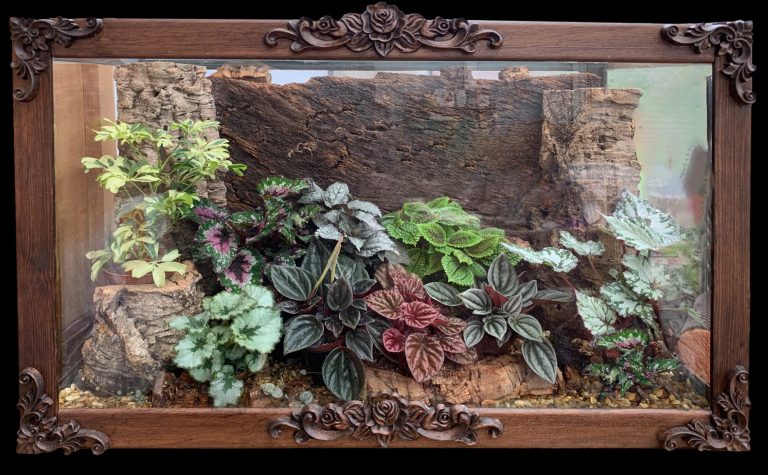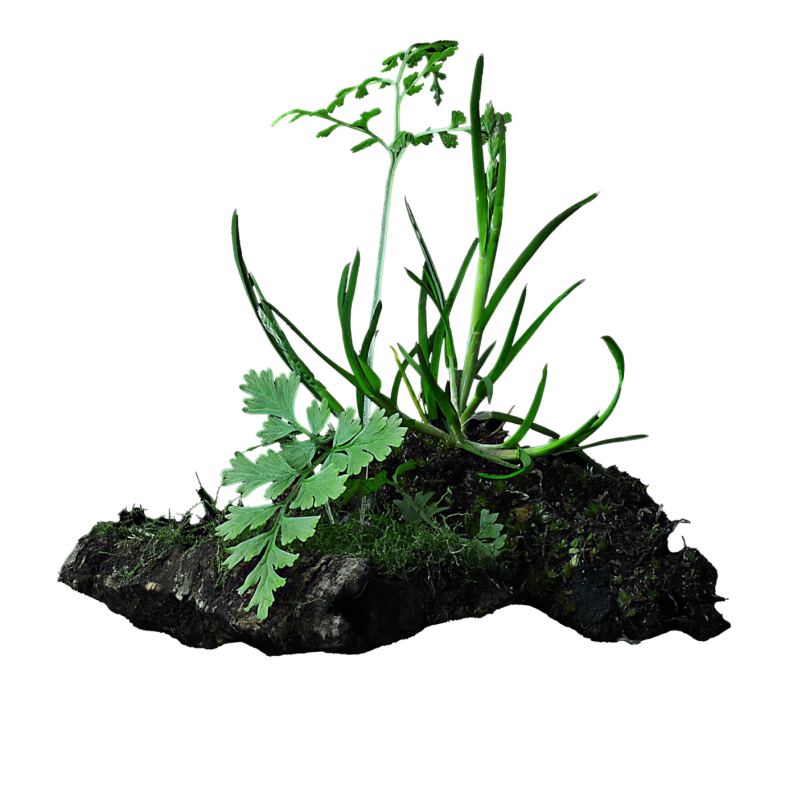~~~~~~~~~~~~~~~~~~~~~~~~~~~~~~~~~
Thus, the fern and orchid crazes of Victorian times were born.
The face of commercial horticulture was changed forever, as crop and ornamental plants were transported all over the world.
The Wardian Case, as it was known, became the ‘must have’ fashion of the day.
Highly elaborate cases were built which, in Victorian times, would have contained ferns, mosses or other house plants. Only the very wealthy could have used them to grow orchids. They were often situated in the bay window of an elaborate parlour, where the plants would get the maximum amount of daylight.
~~~~~~~~~~~~~~~~~~~~~~~~~~~~~~~
Ward had realised that plants needed constant humidity around their foliage and roots in order to remain healthy on long sea voyages. He had also realised that the air pollution of his times was affecting the health of plants in London gardens.
What today seems a simple observation changed the face of the botanical and horticultural world. Collectors were willing to pay enormous sums of money for the rarest species and the rarest species at that time were the orchids. Thus, they became the provenance of the wealthy and an orchid house became the ultimate status symbol for the landed gentry and the ultra wealthy of the times. None more so than the Duke of Devonshire and his Great Conservatory at Chatsworth House.
~~~~~~~~~~~~~~~~~~~~~~~~~~~~~~~~~~
How theWardian Case worked -

The Wardian Case
Heavily polluted air from factories, thick with smoke and grime from numerous chimneys, was causing the frequent and infamous dense yellow fogs, or ‘pea soupers’. Pollution from sulphuric acid fumes and the resulting acid rain meant that many plants would not grow in London gardens.
~~London 1830~~
7 Wellclose Square
Whitehapel
East End of London

In July 1833 he sent two tightly sealed and glazed wooden cases, filled with British ferns and grasses to Sydney, Australia. These cases were kept on the deck of the sailing ship the entire time. Six months later all the plants arrived safely.
The cases were then refilled with Australian species and sent back to London where eight months later the plants again, arrived safely. This established that plants could survive long sea voyages and the survival rates on such voyages now increased from <5% to >95%!

A doctor discovered grass and fern spores
had germinated in a tightly closed jar
This doctor was Nathaniel Ward,
and his discovery was set to change the world!
Over the next year he tried growing more than thirty species of ferns in closed, sealed jars, and had equal success with all of them.


Temperature falls,
water vapour condenses
onto the cool surfaces,
the plant remains moist
Temperature rises,
water vapour evaporates
into the air in the jar
but cannot escape
Replica
Wardian Case
~~~~~~~~~~~~~~~~~~~~~~~~~~~~~~~~~
We need your consent to load the translations
We use a third-party service to translate the website content that may collect data about your activity. Please review the details in the privacy policy and accept the service to view the translations.